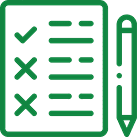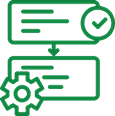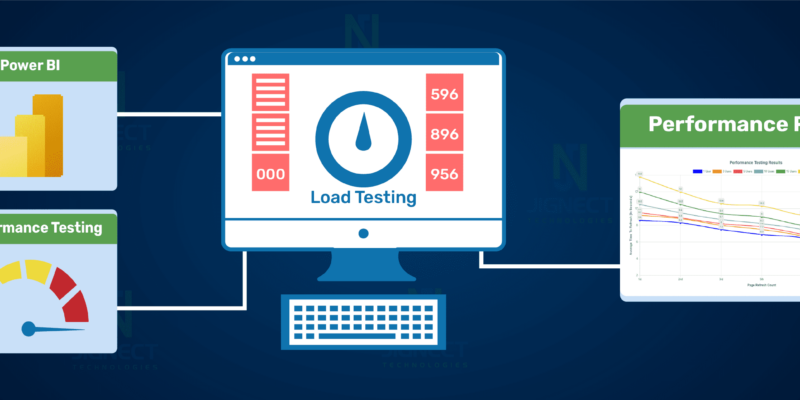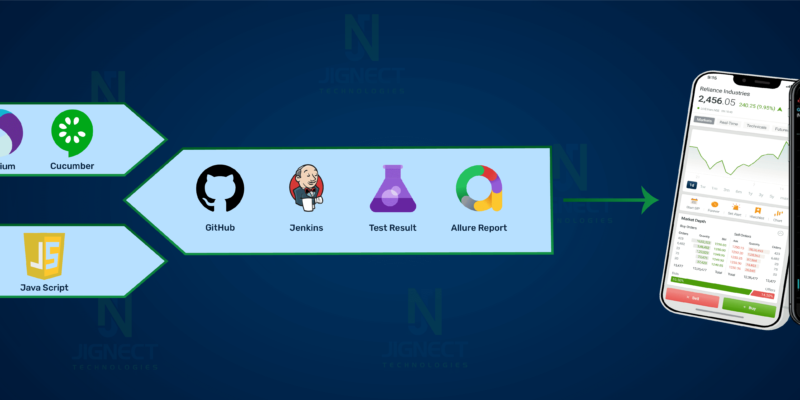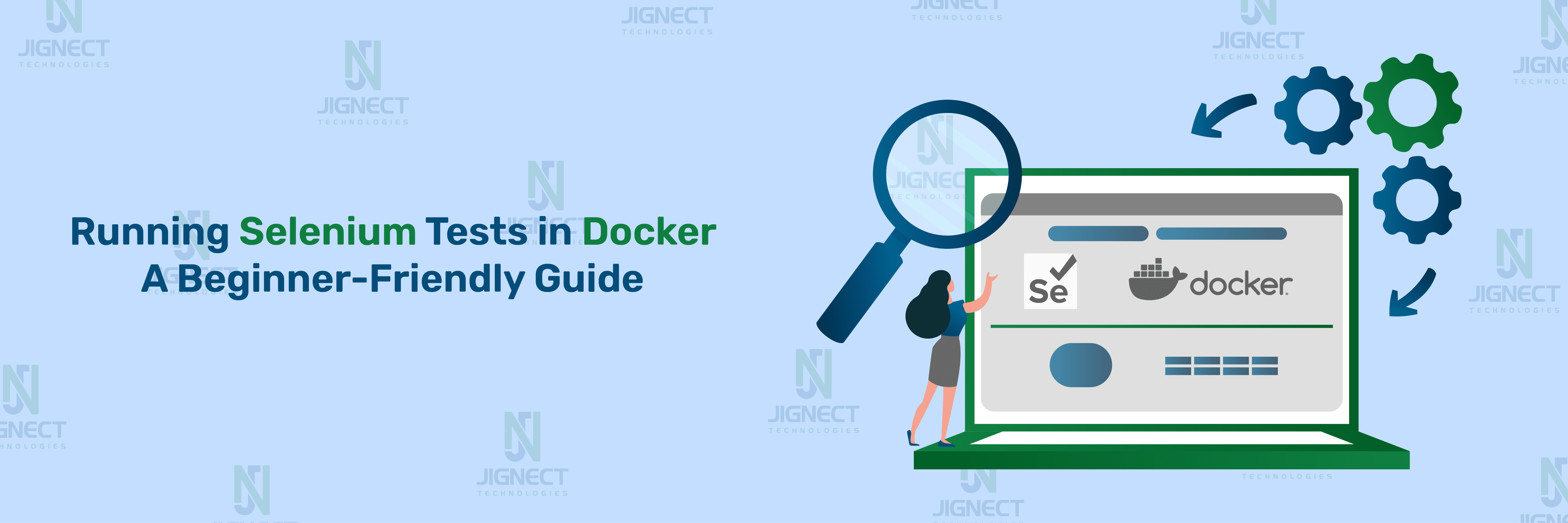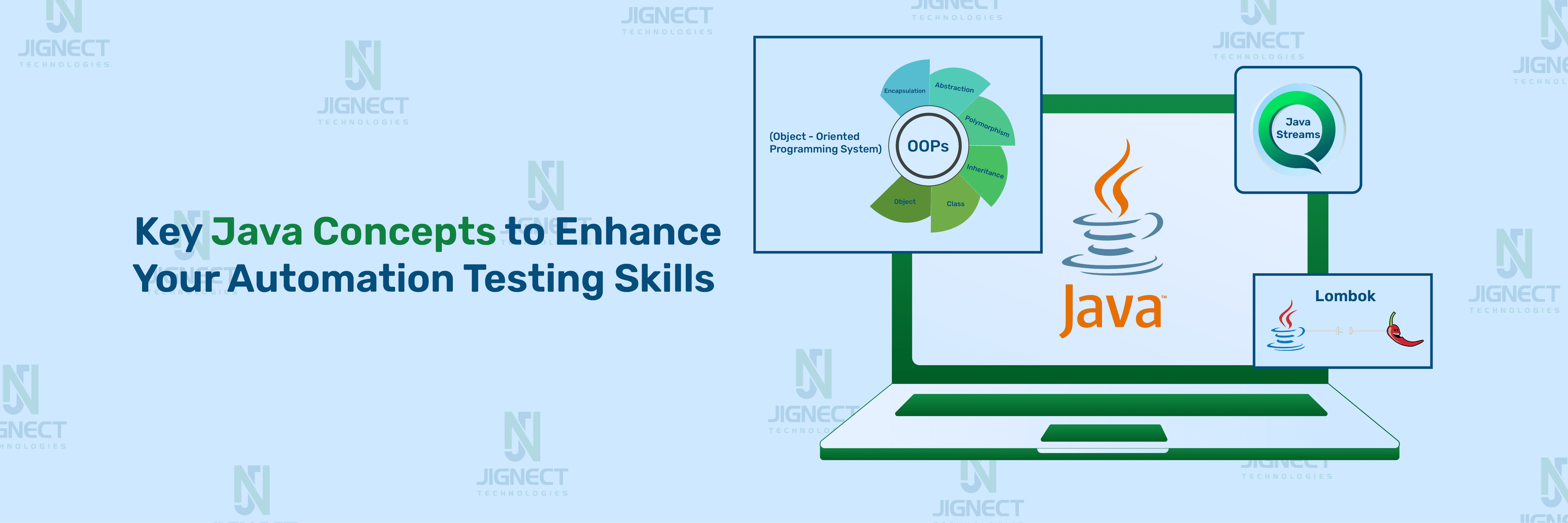Performance Testing
Effective performance testing is key to the success of any application. At Jignect, our experienced teams provide comprehensive load and performance testing services, including load testing, stress testing, and more. As India’s top performance testing company, we offer end-to-end solutions to enhance performance and reduce costs, ensuring your business continues to grow. Our QA testers ensure applications are validated and verified, making us a top choice in India, the US, and across the world. With Jignect’s application performance testing services, we handle everything from capacity planning to production monitoring, guaranteeing bug-free and fault-free applications. Our QA engineers evaluate solutions for any potential performance issues or risks, using the latest tools to identify and address bottlenecks. Contact us now for the best software testing and QA services without compromising quality and support.
In today’s digital age, end users expect their applications to be fast, easy-to-use, and above all, work in all conditions. With growing competition in the digital space and crowding of app markets, it is imperative for application developers to know the limits of their applications and plan a strategy for their application services in case those limits are reached. As a leading performance testing company, we understand these challenges and provide top-notch Performance QA services to meet the highest standards. By integrating QA performance testing into your development lifecycle, we help ensure that your applications perform optimally, delivering a seamless user experience.
Performance Testing Services We Provide
Load Testing
Stress Testing
Endurance Testing
Spike Testing
Volume Testing
Scalability Testing
What can we Test?
Web
Mobile
Desktop
Distributed System
IoT
Microservices
Cloud Infra - AWS, Azure & many
Web Server
SaaS - SAP, Salesforce & many
Major Tools We Use for Performance Testing
These are the tools our team uses for functional test planning and testing the most frequently. If you prefer other solutions, just let us know.
Documentation We Provide
Our Step-by-Step Approach to Performance Testing Services
Requirement Gathering & Analysis
We begin by comprehensively understanding the client's expectations and concluding the project requirements.
Identify the Test Environment and Tools
We identify the production and testing environments along with the testing tools available. Detailed documentation of hardware, software, and infrastructure specifications in both environments ensures coherence. While some performance testing may occur in the production environment, strict safeguards are in place to prevent disruptions to production operations.
Define the Performance Acceptance Criteria
We determine constraints, goals, and thresholds that demonstrate test success. While major criteria are derived from project specifications, testers have the authority to establish additional tests and benchmarks.
Plan & Design Performance Tests
Based on Non-Functional Requirements, we create a test strategy and develop test scripts according to the approved Performance Test Plan.
Configure the Test Environment & Distribute the Load
We arrange the testing environment before execution, managing tools and resources, and distributing load according to usage patterns or specified durations and stability requirements.
Implement & Execute the Performance Tests
We create, execute, validate, and monitor performance tests based on the test design.
Analyze Results
We analyze the test results to determine if it meets with the given response time or not.
Identify & Resolve Bottlenecks
Upon identifying bottlenecks, we perform tuning adjustments to resolve them.
Re-run Tests
After resolving bottlenecks, we re-run test scripts to validate results against required goals.
Reporting and Recommendation
We prepare and publish comprehensive test reports and provide recommendations based on the findings.
Requirement Gathering & Analysis
We begin by comprehensively understanding the client's expectations and concluding the project requirements.
Identify the Test Environment and Tools
We identify the production and testing environments along with the testing tools available. Detailed documentation of hardware, software, and infrastructure specifications in both environments ensures coherence. While some performance testing may occur in the production environment, strict safeguards are in place to prevent disruptions to production operations.
Define the Performance Acceptance Criteria
We determine constraints, goals, and thresholds that demonstrate test success. While major criteria are derived from project specifications, testers have the authority to establish additional tests and benchmarks.
Plan & Design Performance Tests
Based on Non-Functional Requirements, we create a test strategy and develop test scripts according to the approved Performance Test Plan.
Configure the Test Environment & Distribute the Load
We arrange the testing environment before execution, managing tools and resources, and distributing load according to usage patterns or specified durations and stability requirements.
Implement & Execute the Performance Tests
We create, execute, validate, and monitor performance tests based on the test design.
Analyze Results
We analyze the test results to determine if it meets with the given response time or not.
Identify & Resolve Bottlenecks
Upon identifying bottlenecks, we perform tuning adjustments to resolve them.
Re-run Tests
After resolving bottlenecks, we re-run test scripts to validate results against required goals.
Reporting and Recommendation
We prepare and publish comprehensive test reports and provide recommendations based on the findings.
Benefits of Performance Testing Services
By utilizing JigNect Technologies’performance testing services, you can expect to gain numerous advantages. Through our expertise in the domain, we help you unlock the following benefits for your business:
Improved User Experience
Performance testing ensures your application runs smoothly, even during peak usage. By identifying and fixing performance bottlenecks, you can provide users with a faster, more responsive experience, leading to higher satisfaction and engagement.
Increased Scalability
As your user base grows, your application needs to scale effectively. Performance testing helps determine how well the system can handle increased loads, allowing you to optimize infrastructure and ensure the system can scale without compromising performance.
Cost Efficiency
Identifying and fixing performance issues early in development can save significant costs compared to dealing with them in production. Performance testing also helps ensure that your system doesn’t require costly upgrades or additional resources due to poor performance.
Informed Decision-Making
Performance testing provides valuable insights into how your application behaves under different conditions. These insights help make informed decisions about infrastructure, resource allocation, and development priorities to ensure your app’s long-term success.
Improved Load Distribution
Performance testing can reveal how traffic is distributed across various components of the system. This enables you to adjust configurations and implement load balancing solutions to ensure optimal performance even during high traffic periods.
Trusted by 50+ businesses across the globe 
0+
0+
0+
0+
Our Testing Success Stories
Testing Metrics & Insights
Frequently Asked Questions (FAQs)
What is performance testing and why is it important for modern applications?
Performance testing is the process of evaluating how a system behaves under load, stress, and different usage patterns. It ensures your application performs reliably under peak traffic, scales efficiently, and maintains responsiveness. This is crucial for delivering a seamless user experience and avoiding downtimes. For instance, our case study on Performance Testing of a Medical Staffing Services Web Application Using JMeter demonstrates how we enhanced system performance for a healthcare client.
Which tools are commonly used for performance testing and how do you choose the right one?
Popular tools include JMeter, Gatling, k6, LoadRunner, and BlazeMeter. We choose the right tool based on the application architecture, protocol (HTTP, WebSocket, etc.), team skill set, and CI/CD requirements.See the full list of tools we use on our Tools & Technologies page.
Why do businesses need performance testing before launch?
Businesses risk poor user experience, revenue loss, and brand damage if performance issues go undetected. Performance testing validates system reliability under expected and unexpected load conditions, reducing production failures and support costs.
How do you conduct load and stress testing for web and mobile applications?
What reports do you provide after performance testing?
Who benefits most from performance testing services?
Enterprises launching high-traffic apps, eCommerce platforms, SaaS providers, fintech apps, and healthcare systems benefit greatly. Any business aiming for global user reach, stable deployments, and competitive edge must invest in performance testing. Explore how we’ve helped businesses across domains on our case studies page.
When should performance testing be integrated into the SDLC?
Performance testing should ideally start during the development phase and continue through staging and pre-production. Early integration allows quicker detection of architectural issues and cost-effective optimization, aligning perfectly with Agile and DevOps methodologies.















